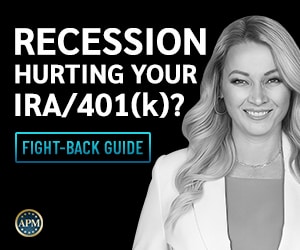Bond Equivalent Yield calculation for investors
Companies require capital for their growth and usually do not have enough cash reserves. Hence they raise capital from external sources using different methods. While issuing shares or stock is one way a company can raise funds, the shareholders have a stake in the company business. It is also risky for the investor since they will lose their money if the company becomes bankrupt or closes. There is no guarantee that the company will pay a dividend or the share price will increase. The other option for raising funds for the company is by issuing bonds or fixed income debt instruments. These are safer for the investor since the company is legally obliged to make payment even if the company’s earnings do not grow, and it does not make a profit.
Types of bonds
Depending on their requirement for funds and also the interest they can afford to pay a company will issue different kinds of bonds. The duration of these bonds will differ, some will mature in three months, six months, one year or more. The interest rate offered on these bonds will also differ, depending on the market conditions. In some cases, the company may issue zero-coupon rate bonds that do not offer any kind of interest, yet these bonds are issued at a deep discount to the face value of the bond. At maturity, the investor expects the company to repay the bond value at the par price. There are other low-interest bonds that may also be issued at a discount. Hence to compare the yields of different kinds of bonds, the Bond Equivalent Yield abbreviated as BEY is considered
Formula
The formula for calculating the BEY is as follows
BEY = ( (Face value of bond – Price of bond)/Price of bond ) X 365/d
where d is the duration for the bond to mature, and the price of the bond when it is purchased is considered. The Face value of the bond is the price at the time of maturity of the bond or when it is sold. The formula consists of two different parts. The first part consists of the percentage profit of the investor when compared to the price of the bond. Since the amount of income for the investor will be less for bonds of a shorter duration like three months or six months compared to the income for a period of one year, the second part of the formula is used to determine the equivalent annual yield of the bond. After a three month or six-month bond will mature, the investor is free to consider other investment options
Bond Equivalent Yield Calculator
Explanation
Most financial comparisons will provide the annual yield data for the bonds and other investment options. However, there are a large number of bonds of shorter duration of three months, six months, and also bonds that are issued at a deep discount, since the company may require funds urgently. The BEY calculations help the investor compare the equivalent yield of shorter duration bonds, fixed income security and also zero-coupon, discounted bonds with the yields from similar investment options for the investor and take a decision accordingly.
























